Formed in four sections: the largest comprising the tall baluster-form body with its eight baluster-shaped tulip nozzles rising from a floral-patterned blue-ground lappet border, above bands with floral motifs, beribboned Chinese symbols, flowering vine and scrollwork, leaf tips, leaves and ribbons, and overlapping petals, on the lower body with a knotted ankle and bell-shaped domed base decorated with two bands of beribboned Chinese symbols intersected by a wide flowering vine and scrollwork band above a band of leaf tips and demi-ruyi heads around the edge; the second segment, a smaller version of the tall vase below, similarly decorated with two bands of beribboned Chinese symbols intersected by a wide flowering vine and scrollwork band all beneath eight tulip nozzles issuing from a blue-ground floral lappet border, a band of leaf tips and leaves and ribbons border; the third smaller segment, similarly decorated with a band of beribboned Chinese symbols alternated with floral sprigs above a wide flowering vine and scrollwork band above another band of beribboned Chinese symbols, leaf tips and ruyi-heads,
all beneath eight tulip nozzles issuing from a blue- ground floral lappet border, beneath bands of leaf tips and leaves and ribbons; the fourth smaller top segment, decorated with one row of six petal-shaped panels of flower-filled vases our floral sprays beneath six tulip nozzles issuing from a blue-ground floral lappet border and encircling a trumpet-shaped neck decorated with blossoms and foliate scrolls, overlapping petals and ruyi-head bands below an everted blue rim.Attributed to De Witte Ster factory under the partial ownership of Dirck Witsenburgh from 1690 to 1704












